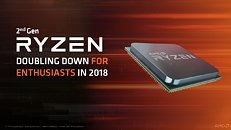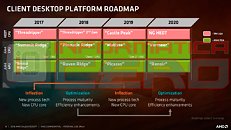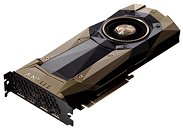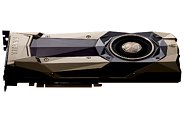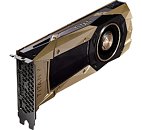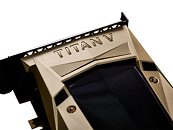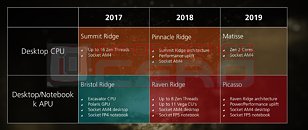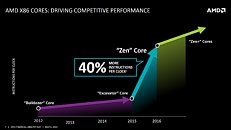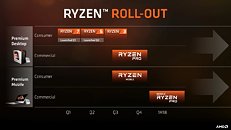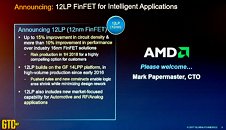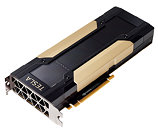
First Benchmarks, CPU-Z Screenshots of AMD Ryzen Threadripper 32-core CPU Surface
First benchmarks and CPU-Z screenshots of AMD's upcoming Ryzen Threadripper 32-core monster have surfaced, courtesy of HKEPC. The on-time-for-launch (as AMD puts it) 12 nm "Pinnacle Ridge" processor has apparently been christened "Threadripper 2990X", which does make sense - should AMD be thinking of keeping the 2920X moniker for 12 cores and 1950X for 16-cores, then it follows a 20-core 2960X, a 24-core 2970X, a 28-core 2980X, and the aforementioned 32-core 2990X. whether AMD would want to offer such a tiered lineup of HEDT processors, however, is another matter entirely, and certainly open for discussion - too much of a good thing can actually happen, at least where ASP of the Threadripper portfolio is concerned.
On the CPU-Z screenshot, the 2990X is running at 3.4 GHz base with up to 4.0 GHz XFR, and carries a 250 W TDP - a believable and very impressive achievement, testament to the 12 nm process and the low leakage it apparently produces. The chip was then overclocked up to 4.2 GHz on all cores, which caused for some thermal throttling, since performance was lower than when the chip was clocked at just 4 GHz on all cores. Gains on this particular piece of silicon were reserved up to 4.12 GHz - the jump to 4.2 GHz must have required another bump in voltage that led to the aforementioned throttling. At 4.12 GHz, the chip scored 6,399 points in Cinebench - a remarkable achievement.
On the CPU-Z screenshot, the 2990X is running at 3.4 GHz base with up to 4.0 GHz XFR, and carries a 250 W TDP - a believable and very impressive achievement, testament to the 12 nm process and the low leakage it apparently produces. The chip was then overclocked up to 4.2 GHz on all cores, which caused for some thermal throttling, since performance was lower than when the chip was clocked at just 4 GHz on all cores. Gains on this particular piece of silicon were reserved up to 4.12 GHz - the jump to 4.2 GHz must have required another bump in voltage that led to the aforementioned throttling. At 4.12 GHz, the chip scored 6,399 points in Cinebench - a remarkable achievement.





